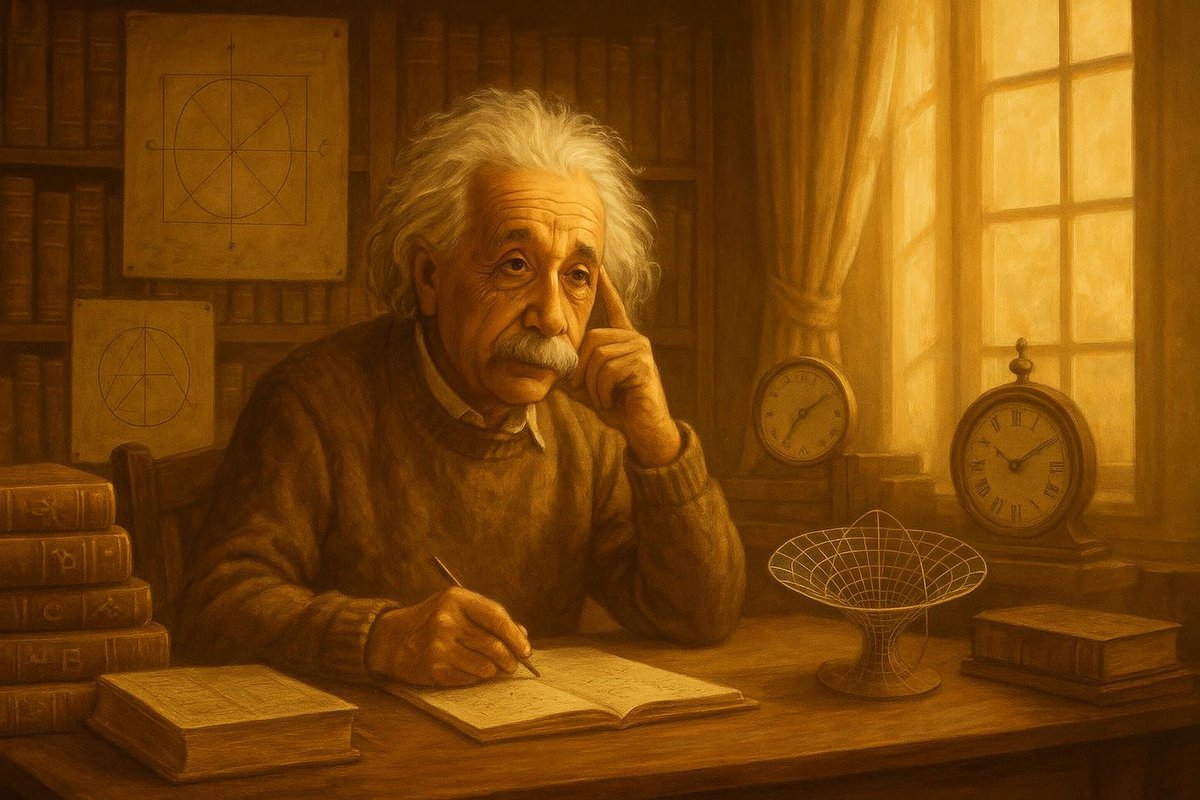
When we think of revolutionary scientific ideas, Albert Einstein’s Theory of Relativity often comes to mind. But what exactly led him to this groundbreaking realization? Interestingly, it was not through traditional experiments, but rather through thought experiments—imaginative scenarios that questioned the very fabric of reality as it was understood then. As time goes on, the boldness of Einstein’s intellectual journey continues to fascinate and inspire both scientists and laypeople alike.
Questioning the Absolutes of Newtonian Physics
For centuries, Isaac Newton’s laws of motion and universal gravitation stood as pillars of classical physics. They worked, no doubt about that. However, as the 19th century came to a close, cracks began to appear.
- Newtonian physics was based on the idea of absolute time and space, concepts that seemed immutable and universal.
- However, what if these absolutes were, in fact, relative? Einstein dared to ask this question.
- He imagined traveling at the speed of light and pondered the implications for time and space.
Imagine driving in a car at a constant speed alongside another car. To you, the other car seems stationary, even though both are moving rapidly. This is akin to Einstein’s realization: movement changes depending on the observer’s frame of reference. No wonder his ideas seemed so radical at the time! By questioning the very constants of the universe, Einstein laid the groundwork for a new understanding of reality.
The Power of Thought Experiments
Einstein’s thought experiments were not just idle daydreams. They were meticulously crafted intellectual exercises that allowed him to explore the implications of his revolutionary ideas.
- He famously imagined riding a beam of light, contemplating how electromagnetic waves would behave.
- What he discovered was that the speed of light remained constant, regardless of the observer’s speed.
- This constancy defied the intuition of the time, which assumed that speeds would simply add up.
This revelation was more than just a mathematical curiosity; it was a pivotal shift in thinking. By using thought experiments to test the boundaries of physical laws, Einstein sidestepped the constraints of experimental technology. In essence, he reshaped the scientific landscape from his own mind, setting the stage for empirical validation in the years to follow.
Beyond the Horizon: General Relativity
Building on his earlier insights, Einstein developed the General Theory of Relativity, which expanded on the idea that gravity isn’t just a force but a curvature in space-time.
- He imagined how massive objects bend the fabric of space-time, similar to how a heavy ball on a trampoline shapes the surface.
- Einstein’s equations predicted phenomena like light bending around massive bodies, an idea that was later confirmed during a solar eclipse.
- His thought experiments revealed that time itself could warp and stretch, depending on gravitational fields.
By reimagining gravity as a geometric property of space and time, Einstein elegantly bridged the gap between Newtonian physics and the emerging world of quantum mechanics. His insights opened a window to the cosmos, allowing us to peer deeper into the universe than ever before, from black holes to the expanding universe.
The Legacy of a Revolutionary Mind
Einstein’s theories didn’t just leave a mark on physics; they transformed our philosophical understanding of the universe and our place within it.
- His work has influenced fields beyond physics, including philosophy, art, and technology.
- Einstein’s ideas have become cultural touchstones, representing the power of human imagination and intellect.
- As we continue to explore the universe, the principles of relativity guide our journey through spacetime exploration.
From GPS systems to predicting cosmic phenomena, the practical applications of Einstein’s ideas are vast. Though the beauty and intricacies of his theories can seem daunting, they serve as reminders of the boundless curiosity that defines us as humans. In questioning the universe’s absolutes, Einstein didn’t just change science; he changed how we think about existence itself.
Einstein’s Theory of Relativity stands as a testament to the power of human thought and imagination. By challenging the status quo and venturing beyond the known, he transformed our understanding of reality. As we look to the future, his legacy encourages us to continue questioning, dreaming, and exploring.
Fuel Someone Else’s Curiosity
Inspired by the brilliance of Einstein’s thought experiments? Share this article with friends and spark a conversation about the wonders of science and imagination. Who knows, you might just ignite the next great idea in someone else’s mind!

Leave a Reply